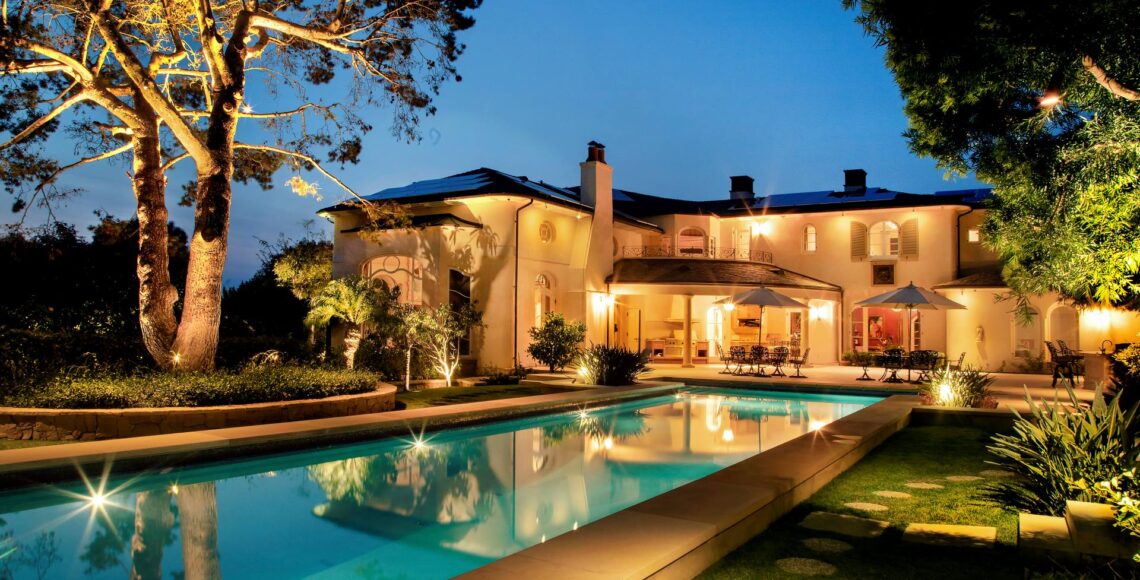The Impact of Color Temperature on Outdoor Sculpture Illumination
Illuminating outdoor sculptures is an art form that significantly influences how we perceive and interact with these artistic creations. In the serene coastal enclave of La Costa, where natural beauty meets artistic expression, the choice of lighting takes on a whole new dimension.
La Costa, nestled between the Pacific Ocean and rolling hills, is home to a vibrant community of artists and art enthusiasts. The juxtaposition of lush landscapes and innovative sculptures provides a unique canvas for experimentation with outdoor artwork lighting techniques. Here, the interplay between nature and artistry creates an inspiring setting to delve into the transformative power of color temperature.
Throughout this blog, we will explore the significance of color temperature, its effect on sculptural details, and how it can evoke different emotions and moods in viewers. From warm, inviting glows to cool, contemporary aesthetics, our exploration of lighting choices will showcase the diverse ways in which lighting can enhance the outdoor sculpture experience.








